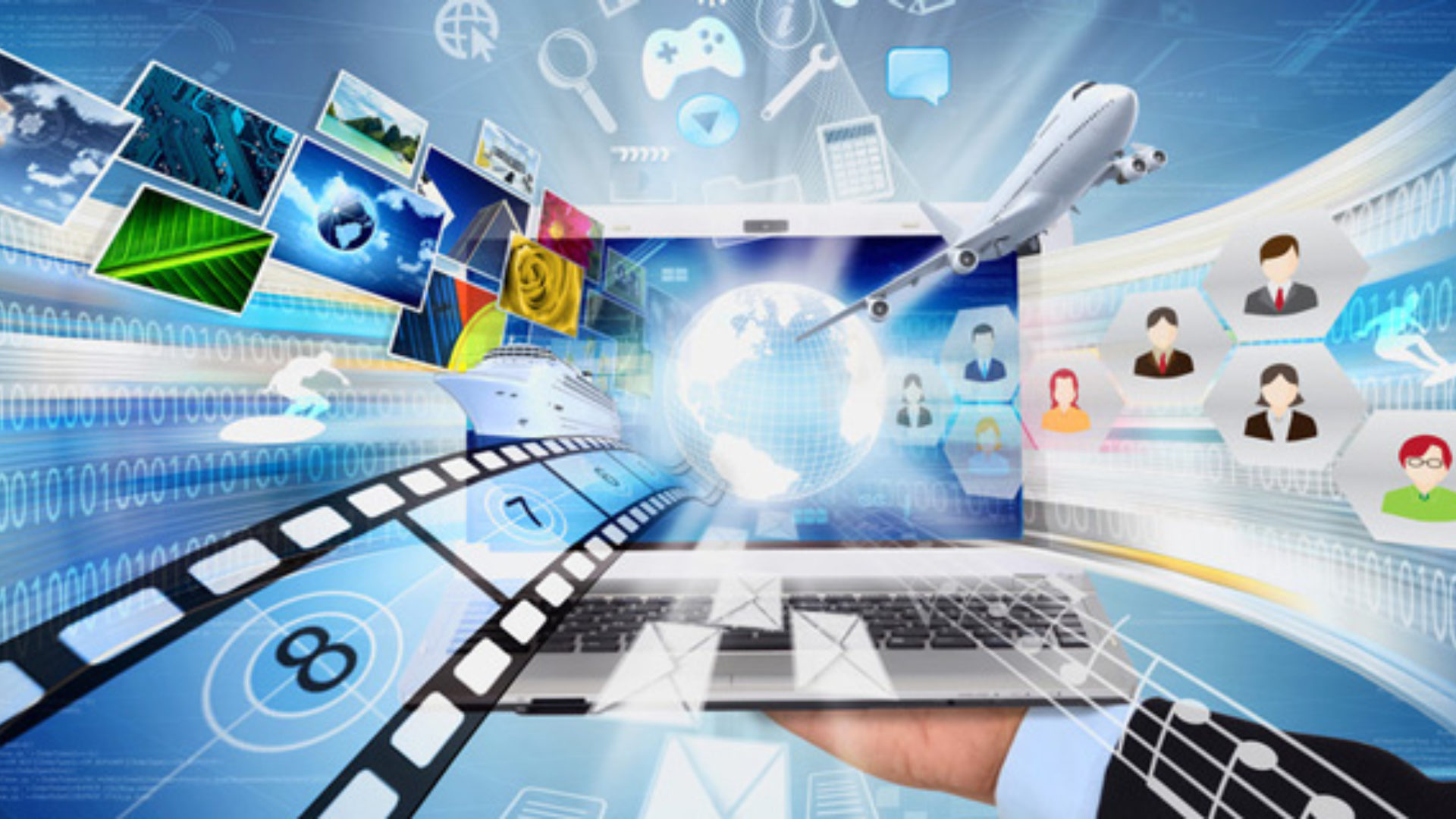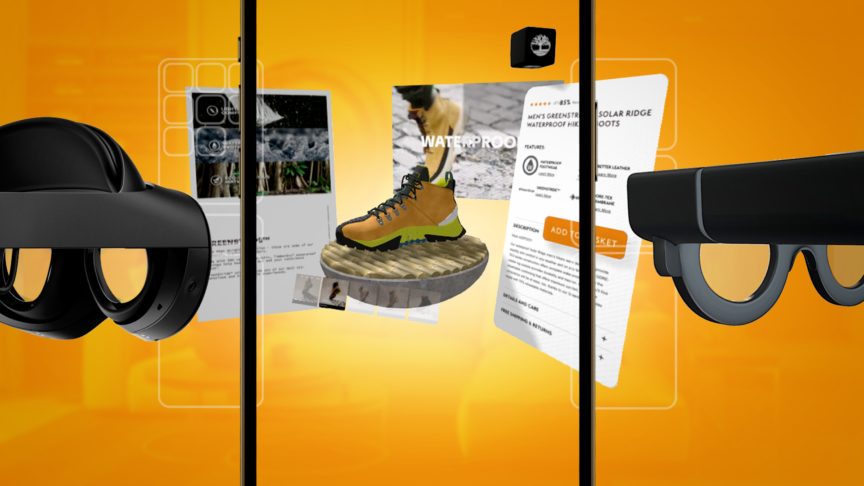The aftermath of the Web Summit Dublin: Our Key Takeaways
November 13, 2014
The aftermath of the Web Summit Dublin: Our Key Takeaways

What they call the “best technology conference of the planet” attracts every year more and more professionals, celebrities, tech giants and start-ups with an unparalleled force. It’s the Web Summit, held in November since 2010. Yes, that is correct, the first Web Summit was held only four years ago, and it managed to turn into a massive movement in the technology industry.
Amongst 1500 journalist and 3000 start-ups, with a total of 22,000 attending, Blippar was there to take the pulse of the industry and figure out what’s hot and new in the tech world.
After three days filled with tech, talks and lots of cool innovation, we share our notes from three talks we particularly enjoyed.
The Future of Wearables
Wearables are the next big thing, and will create many software opportunities with their arrival. Many new wearables are believed to run the risk of being declared futile, though, or being incorporated into more generalist categories. Take fitness trackers: they are the hype right now, but are expected to boil down soon enough, and disappear into a general category in the near future. But there will still be some niche devices, as always. Innovation is what pushes this industry forward.
When talking about wearables and where they are heading: “It’s not just about designing wearables, but about the service they’re offering”, says a speaker at the Summit. The idea is to have a good piece of technology that will actually deliver a useful and relevant service to the market it is targeting.
One of the most interesting and fast developing areas in wearables right now is speech. As technology evolves and things move forward, we expect that “people will be talking to their watches” in the near future.

Making Mobile Work
60% of people use 2 or more devices every single day. This is a large number. Out of those, when it comes to shopping, over 40% of people begin browsing on one device and finish their shopping on another one. That is e-commerce. Even though e-commerce is growing, it is interesting to note that the majority of sales still take place in store, with a whooping 94% on purchases happening offline.
This points to the importance of people based marketing: emphasizing reporting and targeting in order to bring a better experience to consumers.
The whole mobile movement is meant to deliver movability – consumers being able to move and connect from anywhere.
The future of mobile, therefore, is to bridge the gap between offline and online, in order to ensure a better user experience whatever the device or however many. For this, accurate and confident measuring devices must be put in place.

The Future of Online Media
First point to make here is that it is generally (and wrongly) believed that what works on desktop also works on mobile. Mobile performs best outside of working hours: early morning and after 5 PM; but in the rest of the time, desktop is king. Therefore, brands should adapt their content to the devices that their audiences use and the moment when they are expected to use them in connecting with brands. There must be a difference between mobile and desktop: programming, content, targeting. These are all measures of differentiation between desktop and mobile.
Secondly, we believe the future of media lays in the power of content: in order to create conversations and spark interest, one doesn’t need banner ads, but good quality, engaging content. GoPro is just one example that confirms the rule: when appropriately used, content is the best type of advertising, and this works the other way around, too: when done properly, good advertising is the best content.

